| | | | | | | Presented By Meta | | | | Axios AM | | By Mike Allen · Jul 17, 2022 | | 🥞 Happy Sunday. Smart Brevity™ count: 1,129 words ... 4½ mins. Edited by Donica Phifer. | | | | | | 1 big thing: What young consumers want | 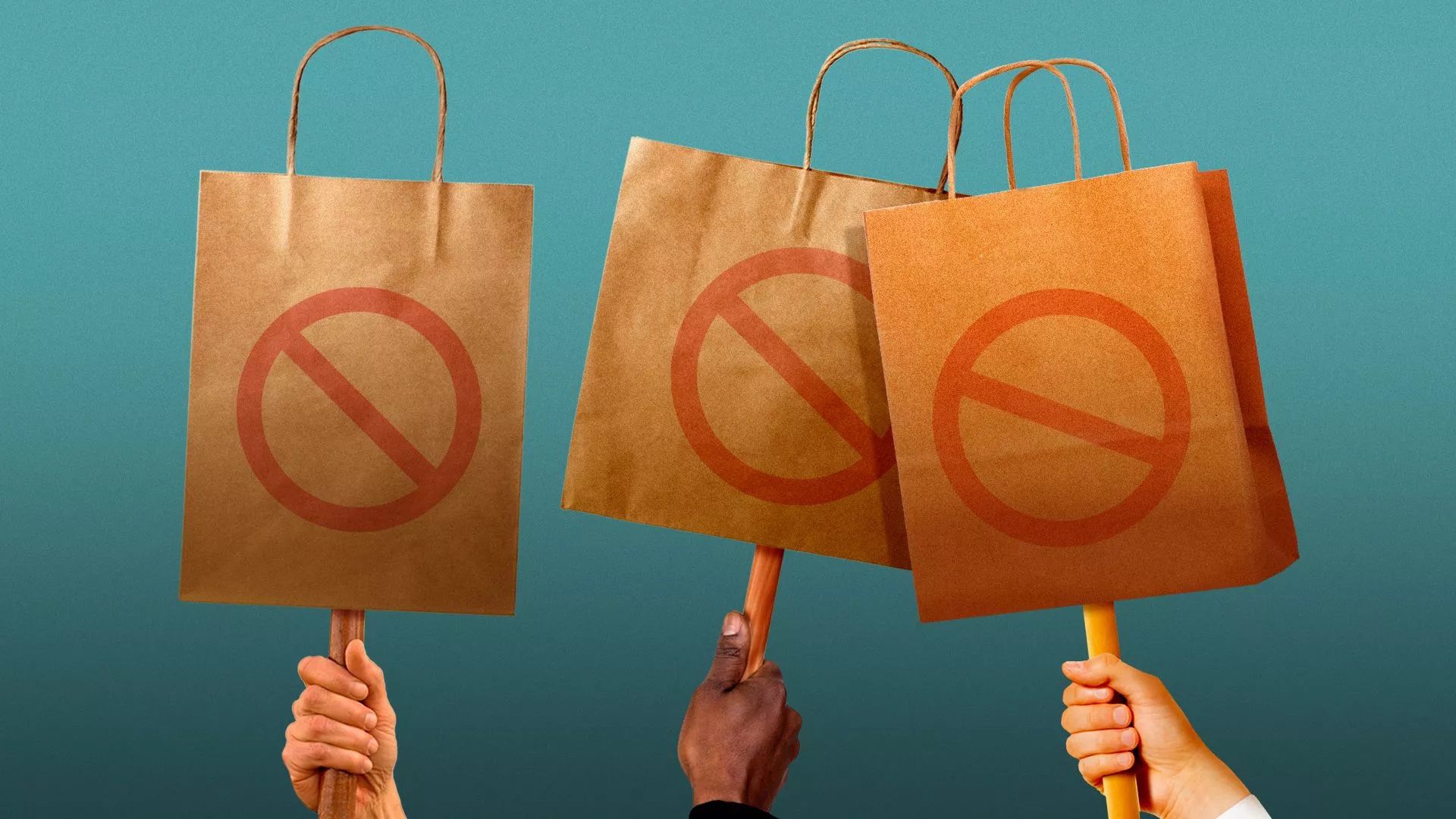 | | | Illustration: Shoshana Gordon/Axios | | | | Younger consumers are more eager to promote brands that reflect their values than boycott those that don't, writes Eleanor Hawkins, author of our new weekly newsletter, Axios Communicators. - Why it matters: Younger employees, customers and potential hires are much more concerned than previous generations about what a company stands for — its mission, values and higher purpose.
Zoom out: 77% of people surveyed globally by the Edelman Trust Barometer last year said their employer is the institution they trust most — a huge opportunity for CEOs. - The Business Roundtable — CEOs of top American companies — declared in 2019 that companies should serve not just shareholders but also customers, employees, suppliers and communities.
- So executives and brands face mounting pressure to weigh in on big political and societal issues. But they fear a backlash.
🧠 That risk is manageable with wise choices about where to weigh in, a new PricewaterhouseCoopers (PwC) customer loyalty survey found: - Only 1 in 5 people will boycott a brand due to its stance on societal issues.
- 1 in 4 Baby Boomers said they would actively boycott a brand they disagree with.
- Gen X, Millennials and Gen Z are less likely to boycott — and more likely to intentionally support like-minded brands.
PwC's Jon Glick tells Axios that CEOs are speaking up in part to reach their own employees: "Many companies who take stances do so to increase loyalty amongst their own ranks, and in this tight labor market, that is incredibly important." 💡 Sign up for Axios Communicators, our new weekly newsletter (debuting this week) to help any comms person at any level master internal and external comms. |     | | | | | | 2. 🌡️ Threat level | 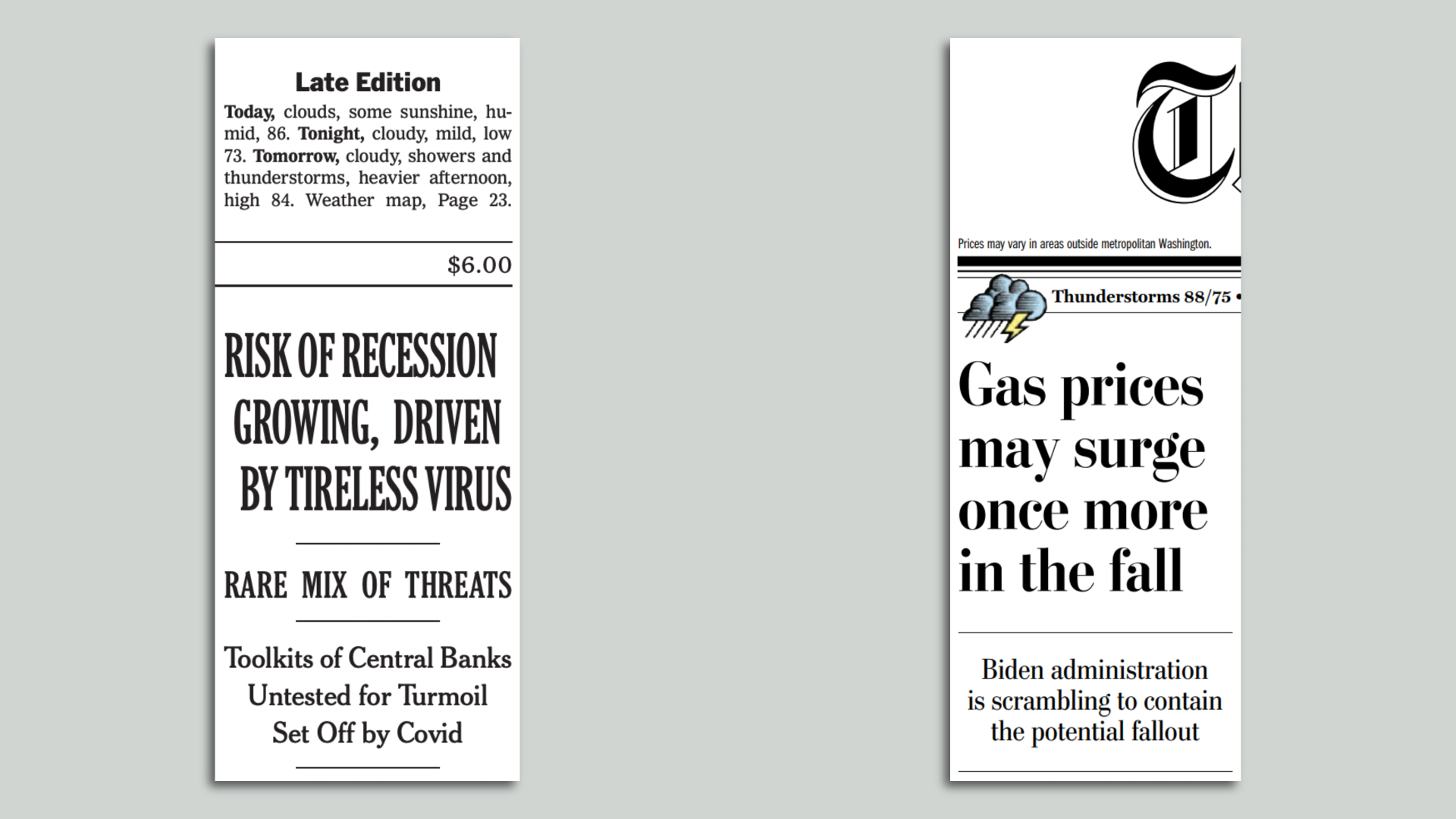 | | | Today's N.Y. Times, Washington Post | | | | Whether you think we're talking ourselves into a recession, or that reality is biting after a loose-money era, this weekend's news is sobering: - 🌐 "This past week brought home the magnitude of the overlapping crises assailing the global economy, intensifying fears of recession, job losses, hunger and a plunge on stock markets." 2+ years on, COVID remains at the root of it. —N.Y. Times' Peter Goodman
- ⛽ "The prospect of a new gas price jolt coinciding with midterm elections has the White House and many Democrats on edge. The price concerns are tied to the timeline for stricter sanctions on Russia that will further choke the global oil supply.." —WashPost's Evan Halper
- 🛍️ 93% of 1,553 entrepreneurs polled by Goldman Sachs 10,000 Small Businesses worry the U.S. will enter a recession in the next 12 months. 38% of small businesses said they're seeing a decline in customer demand because of price increases, said Goldman's Joe Wall, who heads advocacy for 10,000 Small Businesses. —Reuters
🕶️ The bull case lives on at some Wall Street firms, "where analysts cling to hopes the economy can avoid a recession should the Fed successfully rein in inflation and profits rise." —Bloomberg |     | | | | | | 3. 🗳️ Reality check: Drop boxes are safe | | A voter uses a drop box in Athens, Ga., in 2020. Photo: John Bazemore/AP A nationwide AP survey of state election officials found no cases where the expanded use of drop boxes led to fraud, vandalism or theft that could have affected the results. - Why it matters: The findings from both red and blue states run contrary to claims by former President Trump and his allies, AP's Anthony Izaguirre and Christina A. Cassidy report.
State of play: Most election officials consider drop boxes to be secure. The boxes have been used for years by states across the spectrum. - Yet conspiracy theories persist, and some Republicans are working to eliminate or restrict them. The Wisconsin Supreme Court, with a conservative majority, ruled this month that drop boxes aren't allowed under state law and can no longer be widely used.
🎞️ Context: Drop boxes are a focal point of the Dinesh D'Souza film "2,000 Mules," which used a flawed analysis of cellphone location data and ballot drop box surveillance footage to cast doubt on the 2020 results. Zoom in: The AP sent a survey in May to the top elections office in each state, seeking information about whether the boxes were tied to fraudulent votes or stolen ballots. All but five states responded. - None of the states that allowed drop boxes in 2020 reported any instances in which the boxes were connected to voter fraud or stolen ballots.
A number of states — including Alabama, Arkansas, Indiana, Mississippi, North Carolina, Oklahoma, Tennessee and Texas — said they don't allow drop boxes. |     | | | | | | A message from Meta | | The metaverse may be virtual, but the impact will be real | | |  | | | | Meta is helping build the metaverse so aviation mechanics will be able to practice servicing different jet engines – preparing them for any complex job. The results: A more skilled workforce. Learn how Meta is helping build the metaverse. | | | | | | 4. 🔭 How Webb telescope works | The Carina Nebula, as seen by the James Webb Space Telescope. More on this image. Photo: NASA, ESA, CSA, STScI The images NASA began releasing this week from the James Webb Space Telescope — which captures light the human eye can't see — will change the way the public and scientists understand the history of the universe. - The Webb telescope looks at the universe in infrared light, allowing it to cut through dust to see the intimate details of star formation and even the faint light of some of the first galaxies that formed more than 13 billion years ago, Axios Space author Miriam Kramer writes.
"Biologically, we just don't have the ability — even if we were floating next to these objects — to see them the way that Hubble or Webb can see them," Joe DePasquale, who helps turn Webb data into spectacular full-color images, tells Axios. Southern Ring planetary nebula. More on this image. Photo: NASA, ESA, CSA, STScI How it works: When photos taken by the telescope's huge mirror are beamed back to Earth, they basically look black, DePasquale says. - "Each pixel in the image has over 65,000 different shades of gray that it can be," he said.
- "The universe is very dim," he explained. So most of the interesting parts of a Webb image are "buried in the darkest regions of the image."
The imaging team then has to brighten up the darkest parts of the image to bring out the details hiding within the pixels — without over-saturating the brightest bits of the image, which can be cores of galaxies or bright stars. 🖼️ This gallery of Webb's first images lets you zoom in on each frame (Scroll to "Zoom in") ... Share this story. |     | | | | | | 5. 🇺🇦 Freeze-frame Ukraine | | Photo: Sergey Bobok/AFP via Getty Images Raisa Kuval, 82, beholds a building partially destroyed in the northeast city of Chuguiv (near Kharkiv), where a predawn Russian missile attack killed three civilians. Photo: Gleb Garanich/Reuters Residents watch rescuers work as they wait for news about relatives who are under the rubble of three apartment buildings hit by Russian missiles in Chasiv Yar, in the eastern Donetsk Province. Photo: Nacho Doce/Reuters This was a school in Kharkiv. - Last month, students marked their graduation with a dance performance in front of the ruins. Video.
|     | | | | | | 6. 😎 Hoping this is your day | | Photo: Hollie Adams/Getty Images You don't need to go away to get away. - This sunbather stayed in London today while much of Britain flocked to the seaside to beat a Europe-wide heat wave.
|     | | | | | | A message from Meta | | The metaverse will make learning more immersive | | | 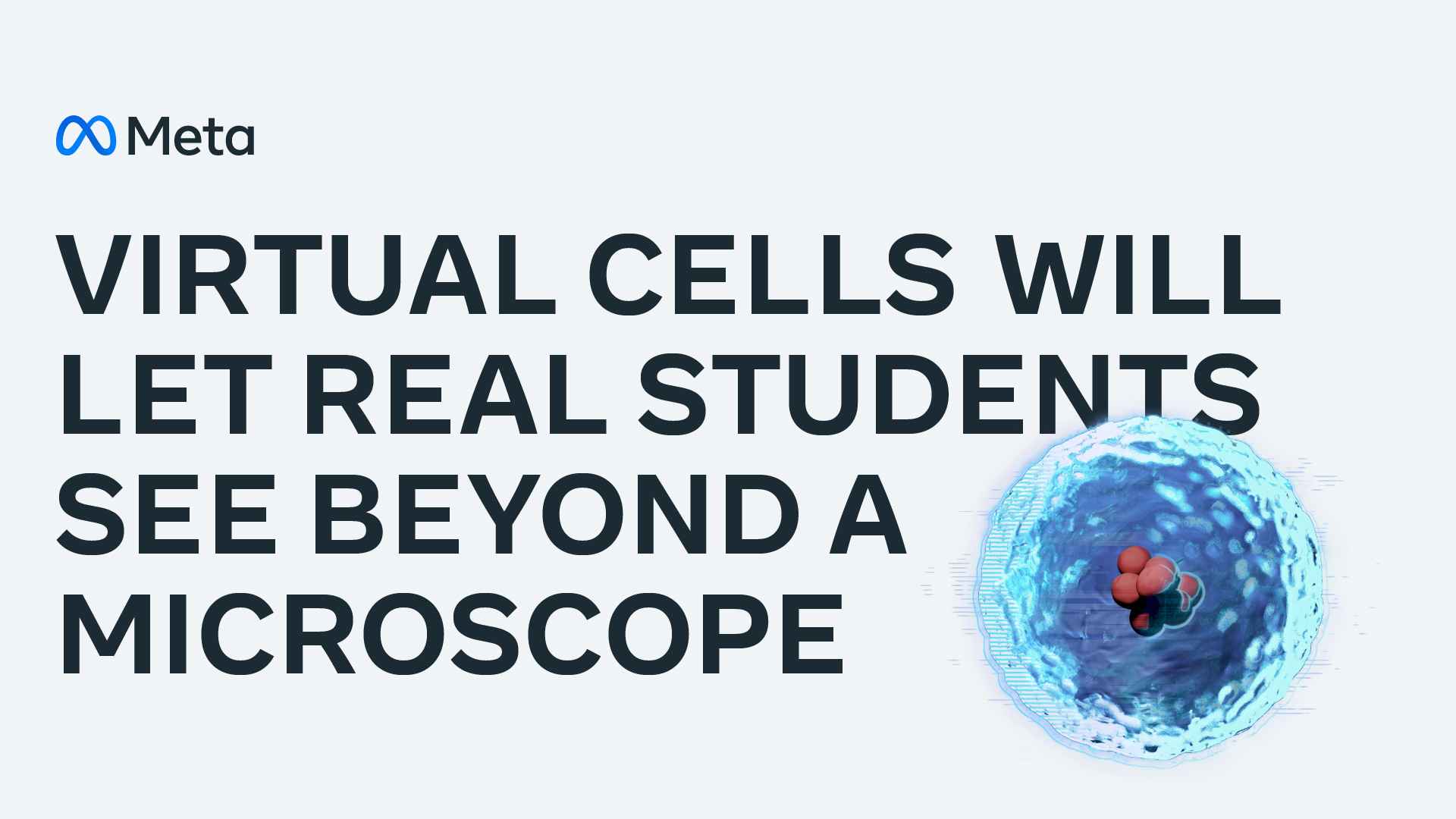 | | | | Virtual reality will enable students to see and experience biological concepts in new ways — deepening their knowledge and sparking curiosity. The metaverse may be virtual, but the impact will be real. Learn how Meta is helping build the metaverse. | | | | 📬 Invite your friends to sign up here for their daily essentials — Axios AM, PM and Finish Line. |  | | Are you a fan of this email format? It's called Smart Brevity®. Over 300 orgs use it — in a tool called Axios HQ — to drive productivity with clearer workplace communications. | | | |






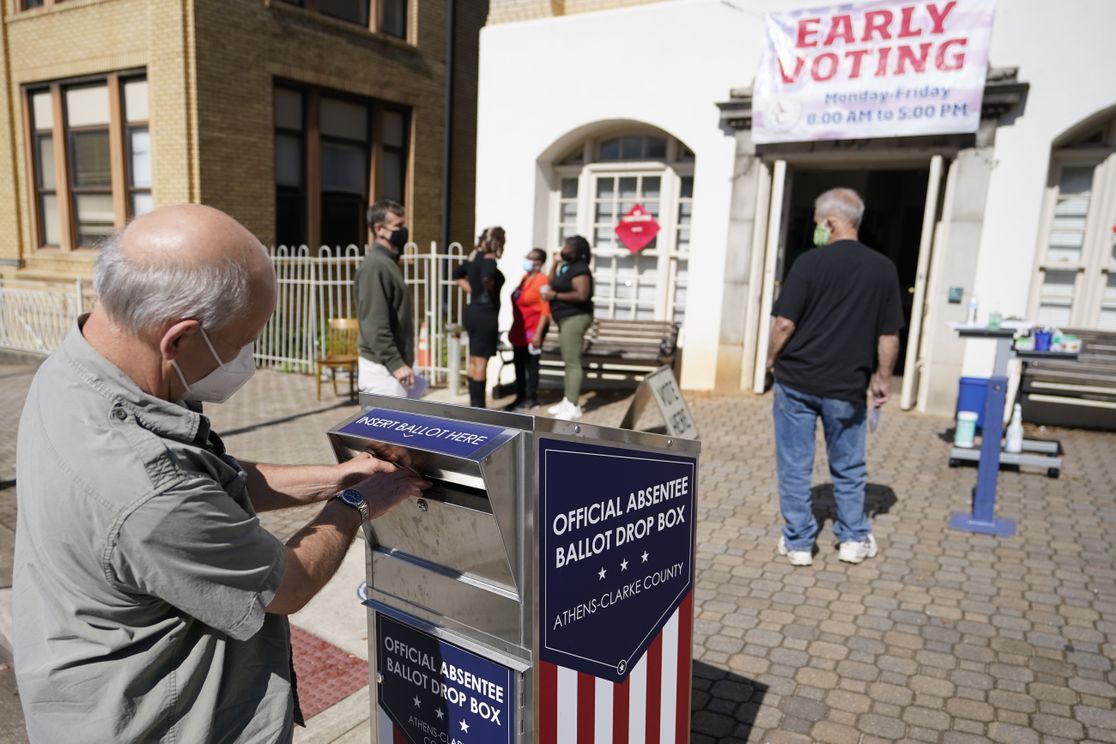


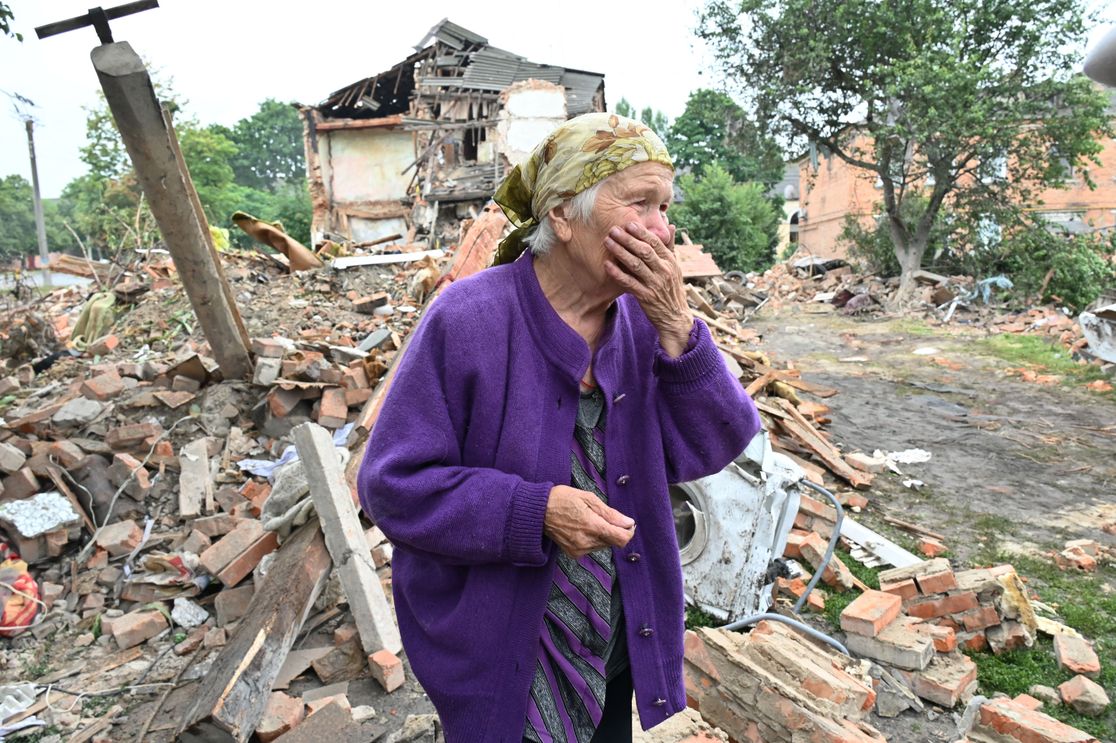

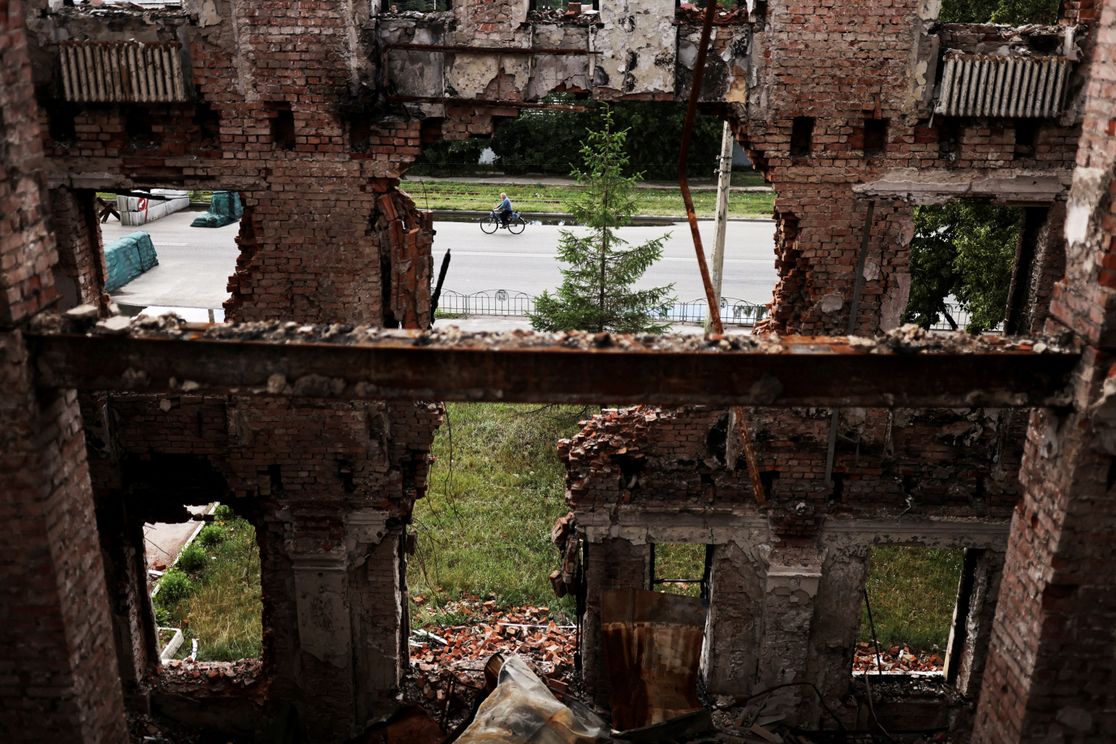


No comments:
Post a Comment